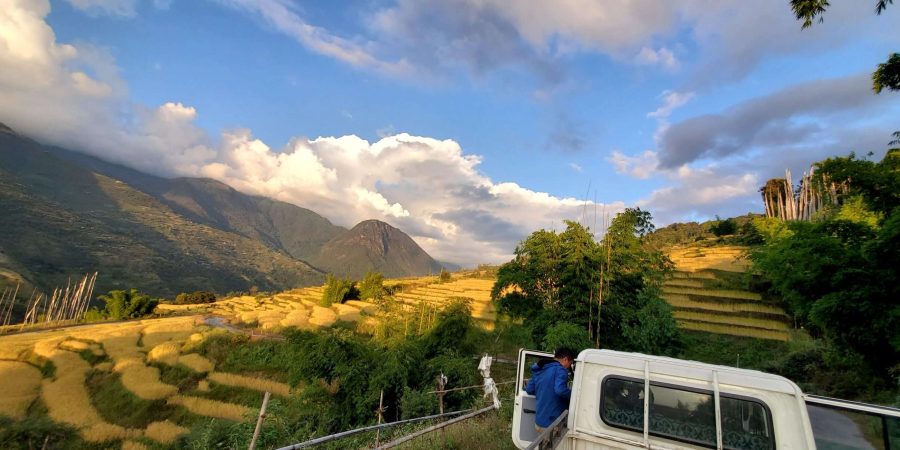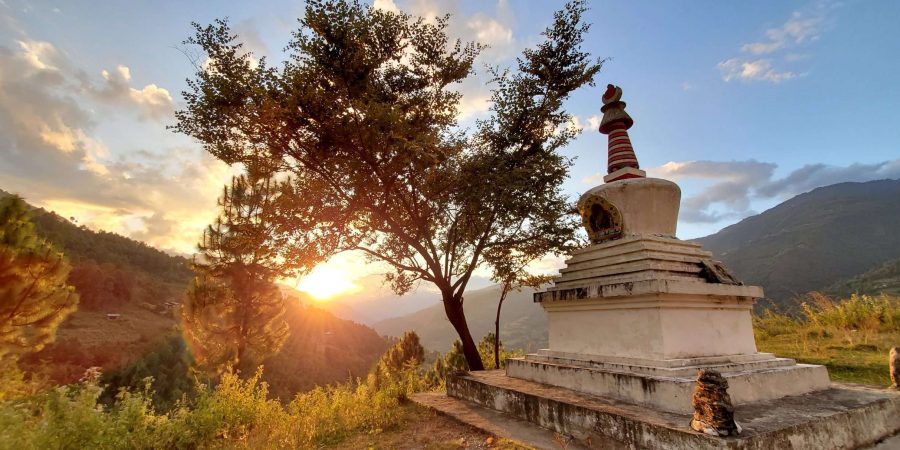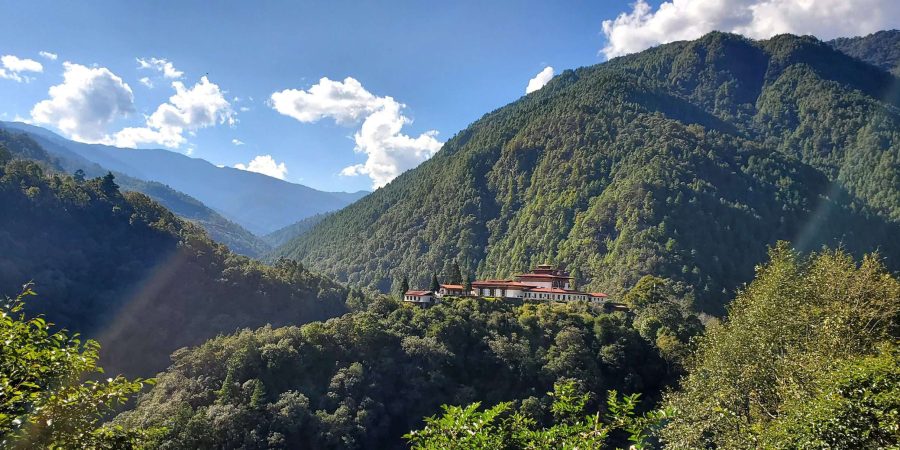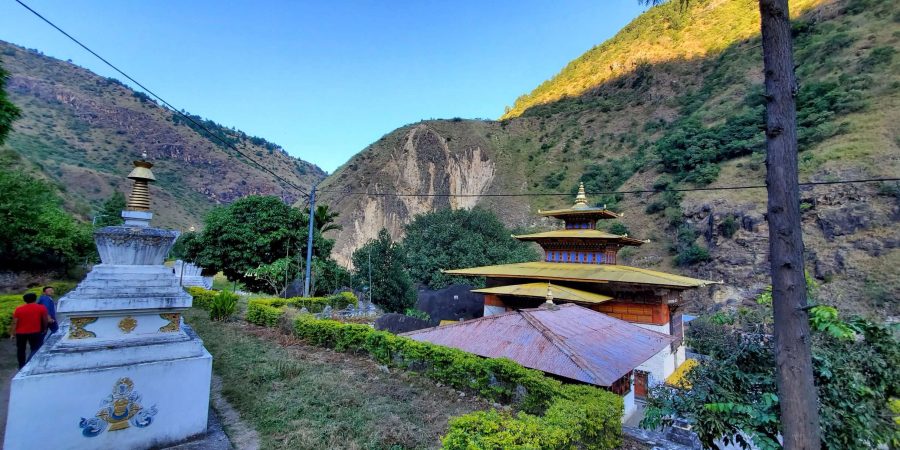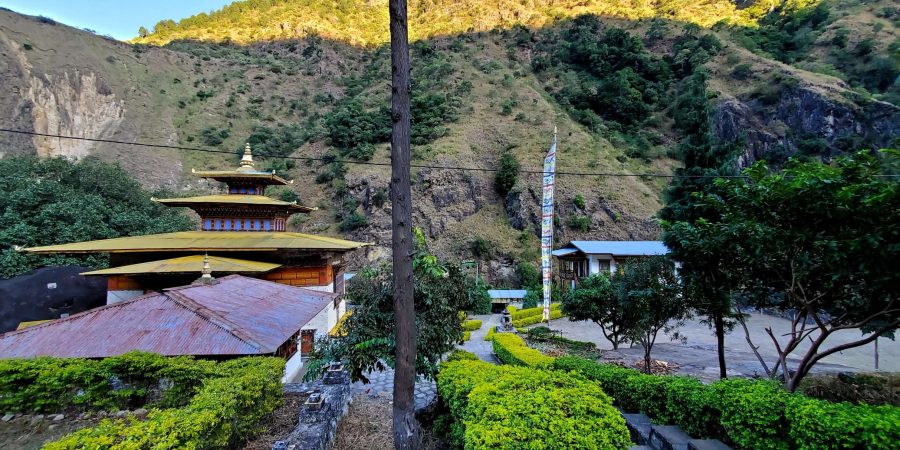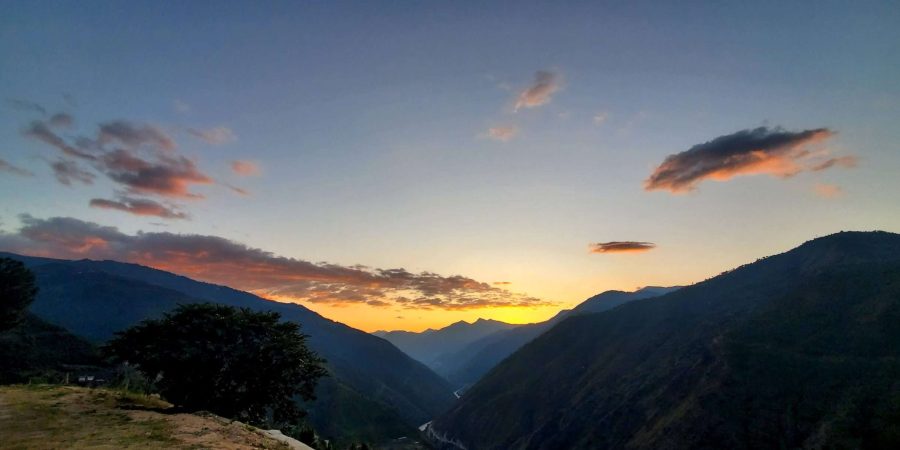Trashigang (also spelled as Tashigang or Trashi Gang) is a fascinating destination in Bhutan that offers a unique blend of natural beauty, cultural richness, and historical significance. Here’s an elaborate insight into what makes Trashigang a must-visit for tourists coming to Bhutan:
Trashigang, situated in the far east of Bhutan, is perched on a scenic hillside and serves as the administrative and commercial hub of the eastern region. The town overlooks the Dangme Chu, Bhutan’s largest river. Its location offers stunning views of the surrounding mountains and valleys, providing a perfect backdrop for nature lovers and photographers.
Trashigang is known for its vibrant culture and traditions. It is home to the Trashigang Dzong, a significant fortress that dates back to the 17th century. This dzong is not only an architectural marvel but also plays a central role in the district’s administrative and religious life. The annual Trashigang Tshechu (festival) is held here, attracting people from all over Bhutan to witness mask dances, religious rituals, and social gatherings, making it a lively and colorful event that showcases Bhutanese culture and religious fervor.
The town serves as an important market center for the people from the surrounding villages and towns. It is a trade hub where goods from nearby districts and even from across the border in India are bought and sold. For tourists, this presents a unique opportunity to explore local markets and shops, offering a glimpse into the daily life and economy of the region.
Apart from the Trashigang Dzong and the annual festival, the region offers several attractions for tourists. The nearby villages like Radhi and Phongmey are famous for their weaving traditions, especially the raw silk textiles known as Bura. Visitors can also explore other nearby attractions such as the ancient temple of Gom Kora, the picturesque Sherubtse College (the first college in Bhutan), and the stunning landscapes of the Merak and Sakteng valleys, which are known for their unique cultural heritage and biodiversity.
For adventure enthusiasts, Trashigang offers numerous trekking routes that range from moderate to challenging. These treks provide an opportunity to experience the pristine natural beauty, rural life, and biodiversity of eastern Bhutan. The region is also a starting point for the Merak Sakteng trek, which takes adventurers through semi-nomadic villages and untouched landscapes of eastern Bhutan.
Trashigang is accessible by road and is connected to other parts of Bhutan through a network of highways. The journey to Trashigang itself is an experience, offering breathtaking views of Bhutan’s mountainous terrain. The nearest airport is in Yongphula, making it relatively easier for tourists to visit this eastern gem.
Map
Interesting Facts
- Heart of Eastern Bhutan: Trashigang is described as the heart of eastern Bhutan, historically serving as a center of important trade with Tibet. This highlights its significance in regional commerce and cultural exchanges.
- Geographical Setting: The town is nestled at the foot of a steep wooded valley, with the Mithidang Chhu river flowing through it. Its picturesque location is at an elevation of 1070 meters, making it a scenic destination.
- Cultural Hub: Despite its remoteness, Trashigang is one of Bhutan’s more interesting towns, serving as a good base for excursions to nearby areas like Trashi Yangtse, Khaling, Rangjung, and the Merak-Sakteng trek.
- Limited but Lively: The town might have limited accommodation options, but it compensates with a variety of restaurants and bars. It’s noted for not having many tourists, but historically, many Canadian teachers have worked there, making the local population accustomed to Westerners.
- Market Days: On the 1st, 10th, and 15th days of the Bhutanese month, villagers from the surrounding areas come to Trashigang to trade and partake in the local arra (a spirit distilled from rice). This makes it a lively market town during these periods.
- Transportation Hub: It is a significant transportation hub with road connections to major Bhutanese towns and the Yongphula Airport, which hosts thrice-weekly flights to Paro. The bus stand in Trashigang offers daily local bus services to Thimphu, Samdrup Jongkhar, and Mongar.
- Historical and Religious Sites: Key sights in Trashigang include the Trashigang Dzong and numerous goembas (Buddhist monasteries). The town’s dzong, in particular, is a significant administrative and monastic site.
- Education and Community: The presence of many Canadian teachers in the past hints at a strong emphasis on education and a welcoming attitude towards foreigners, contributing to a diverse cultural exchange.
- Natural Beauty and Trekking: The town is an ideal starting point for several treks, including the Merak-Sakteng trek, which showcases the region’s natural beauty and cultural richness.
- A Key Stop on East-West Bhutan Route: Trashigang serves as an important stop for travelers and traders moving between eastern and western parts of Bhutan, highlighting its strategic location for domestic mobility.
Attractions
No results found.

